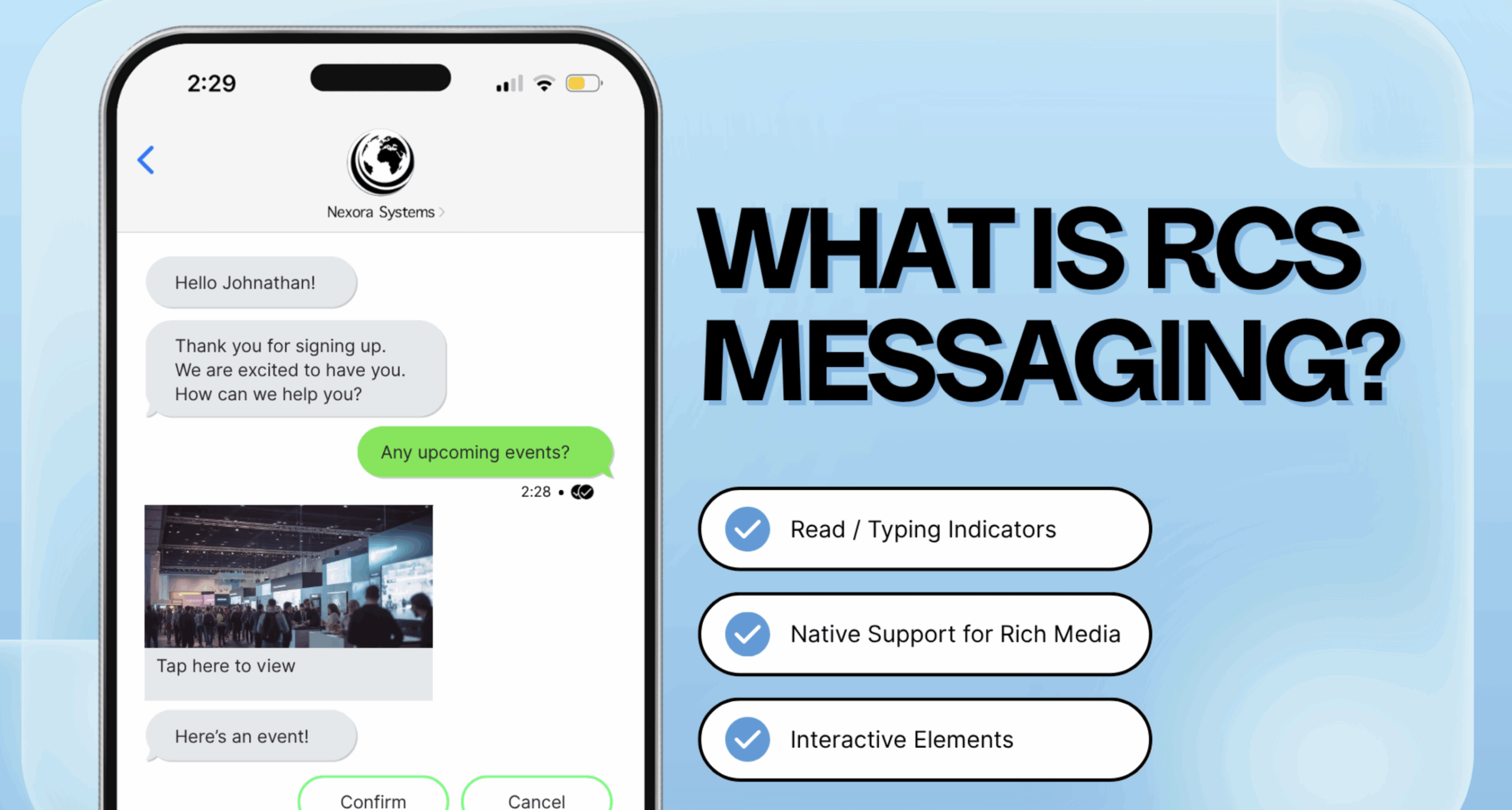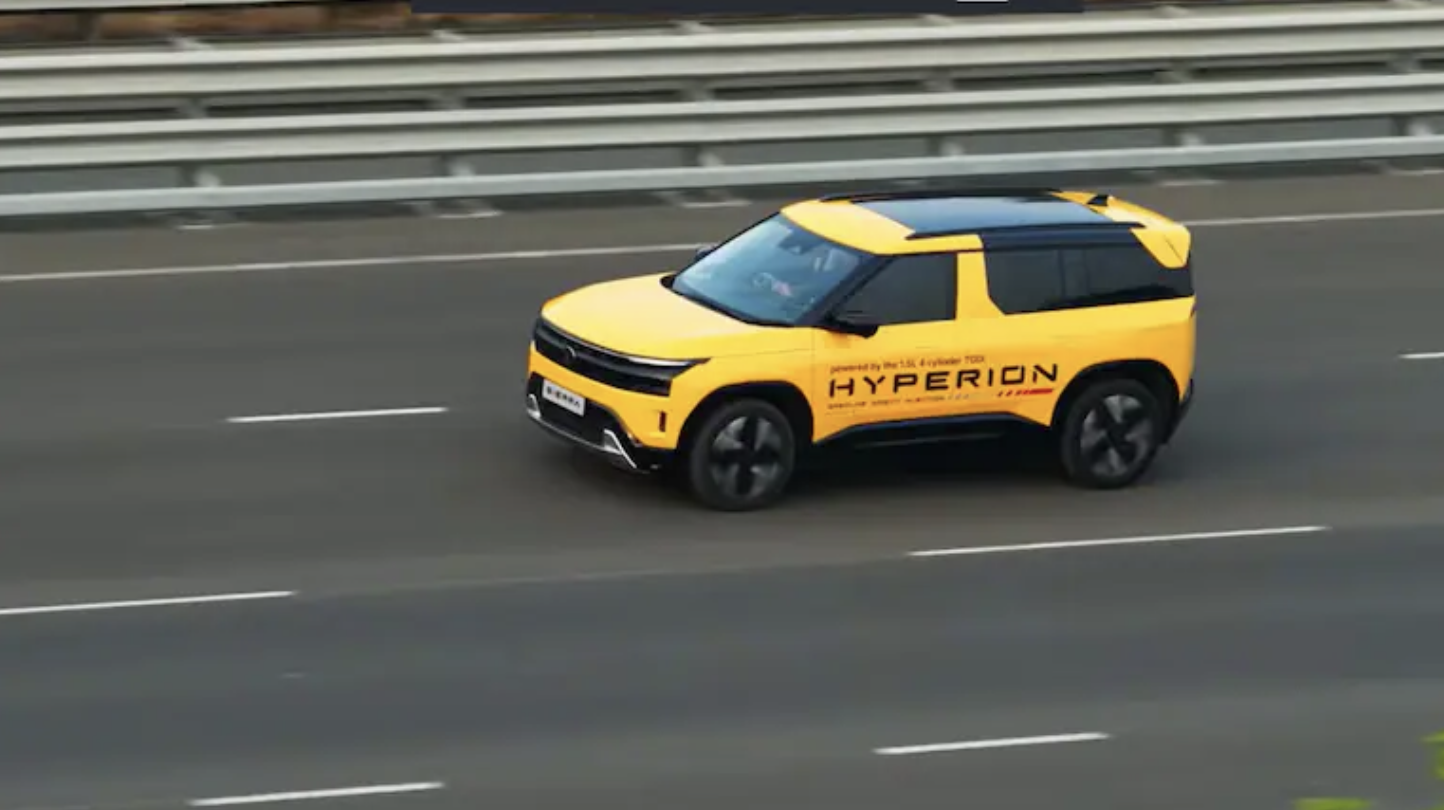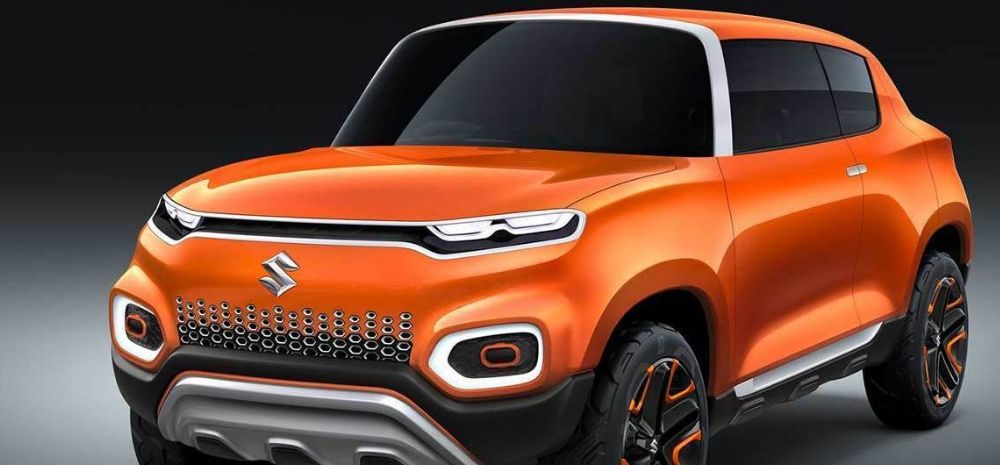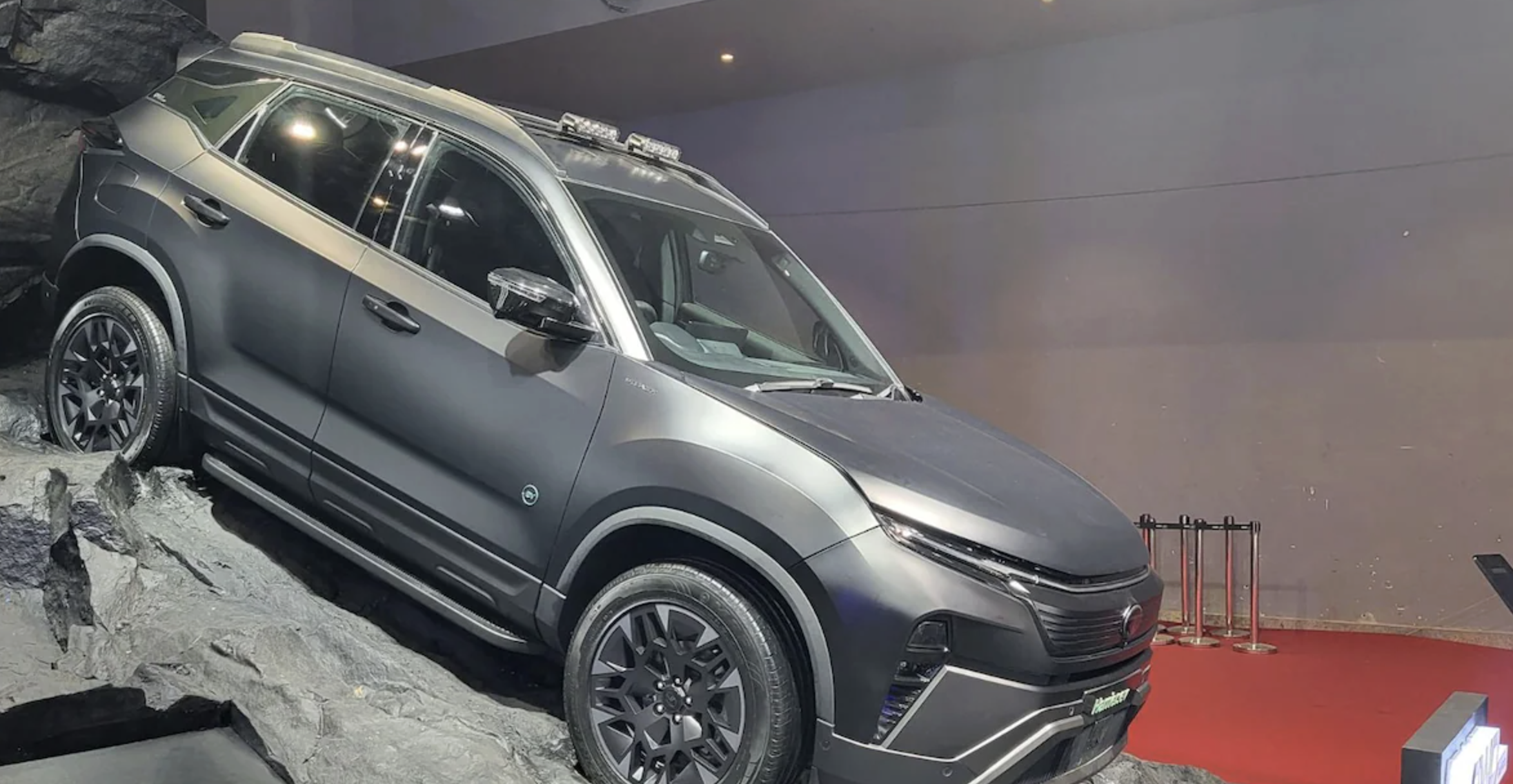Kawasaki is leading the way in motorcycles that use hydrogen power.
At the Suzuka Circuit, Kawasaki tested a motorcycle with an internal combustion engine (ICE) fuelled by hydrogen for the first time in public.

Kawasaki Tests First ICE Fuelled by Hydrogen
Kawasaki intends to release a motorcycle powered by hydrogen that can be sold on the open market by 2030. The Kawasaki Ninja H2 SX motorbike incorporates a hydrogen system.
The motorbike is powered by a 998 cc Kawasaki inline-four supercharged engine. To enable direct hydrogen fuel injection, the engine has been upgraded.
The hydrogen fuel cylinder features new mounts thanks to modifications made to the chassis. There is now a separate hydrogen fuel management system.
The motorcycle’s hydrogen tanks are situated on the side. Additionally, the hydrogen tanks are replenished via valves.
Hydrogen Engines’s Performance Comparable To That Of Conventional
According to Kawasaki, the performance of hydrogen engines is comparable to that of conventional gasoline-powered engines. Only water vapor is released by the motorcycle. Compared to gasoline, hydrogen burns more effectively over a wider temperature range.
More responsiveness is the outcome of burning hydrogen efficiently. The Kawasaki Ninja H2 SX base model has a peak torque of 137 Nm and 210 horsepower. For the hydrogen variety, specific numbers are not provided.
This program supports Kawasaki’s long-term carbon neutrality objectives. Motorcycles fueled by hydrogen are being positioned by Kawasaki as an environmentally friendly mode of transportation.
The Hydrogen Small Mobility & Engine Technology (HySE) consortium includes Kawasaki as a member.
The HySE collaboration also includes Yamaha, Suzuki, and Honda as members.














